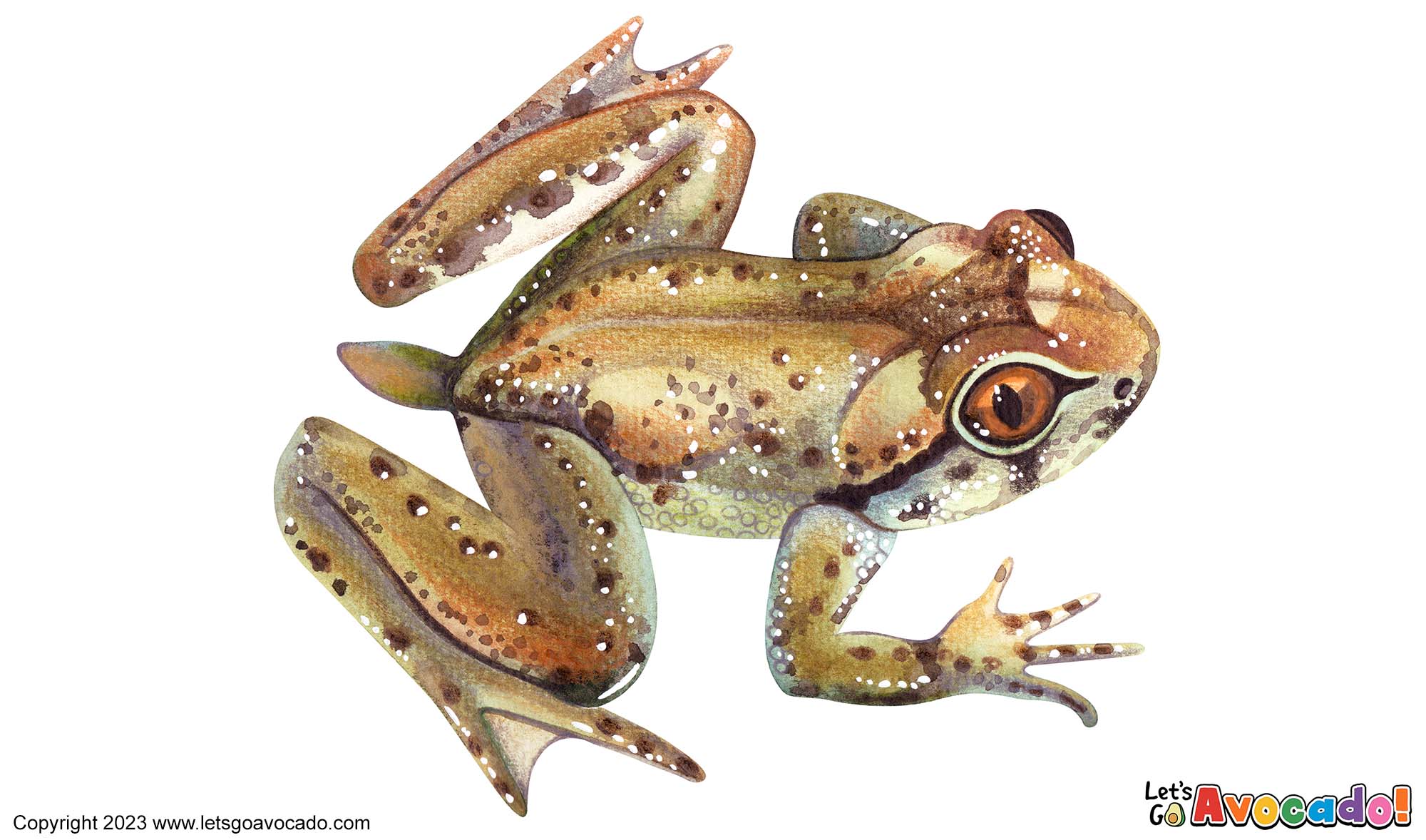

Coastal Tailed Frog
Coastal Tailed Salamander, Owyhee River Frog
Ascaphus truei
This page may contain affiliate links.
Read our disclosure and privacy policy here.
The Coastal Tailed Frog, also known as the Coastal Tailed Salamander or the Owyhee River Frog, is an intriguing amphibian found in the western coastal areas of North America. It is known for its unique appearance and fascinating life history. These frogs are small in size, with slender bodies and long tails that resemble the tails of tadpoles. Their coloration can vary, ranging from light brown to dark gray, providing excellent camouflage in their natural habitats. Coastal Tailed Frogs are primarily aquatic and inhabit cool, fast-flowing streams with clean, oxygen-rich water. They have specialized adaptations that allow them to thrive in these challenging environments. One fascinating aspect of their lifecycle is their unique breeding behavior. Instead of laying eggs in water like most amphibians, the female Coastal Tailed Frog lays her eggs on land near streams, and the male guards and moistens them until they hatch into tadpoles. This adaptationAn animal adaptation is a physical feature or a specific behavior that allows it to better survive in its environment. Learn More allows them to take advantage of the swift-flowing streams while providing protection for their developing young. Coastal Tailed Frogs are considered indicators of healthy stream ecosystemsAn ecosystem is a community of living organisms, like insects and birds, and non-living components, like water and rocks, that interact with each other in a specific area. Learn More and are a valuable species to study in understanding the overall health of their habitats. Protecting their aquatic environments and preserving their habitat is crucial for the survival of these remarkable amphibians.
Coastal Tailed Frog
Common Name
Other Names
Latin Name
Distribution
Appearance
Size
Habitat
Behavior
Diet
Lifecycle
Vocalization
Defense Mechanisms
Ecological Importance
ConservationThe act of protecting and preserving natural resources and the environment. Conservation efforts are important to protect beavers and their habitats. Learn More Status

There’s a lot to explore right where we are, in our own neighborhoods and backyards! Join us while we get off the couch and explore the everyday wonders of nature, science, space, engineering, art, and anything else we stumble upon during on our adventures.







